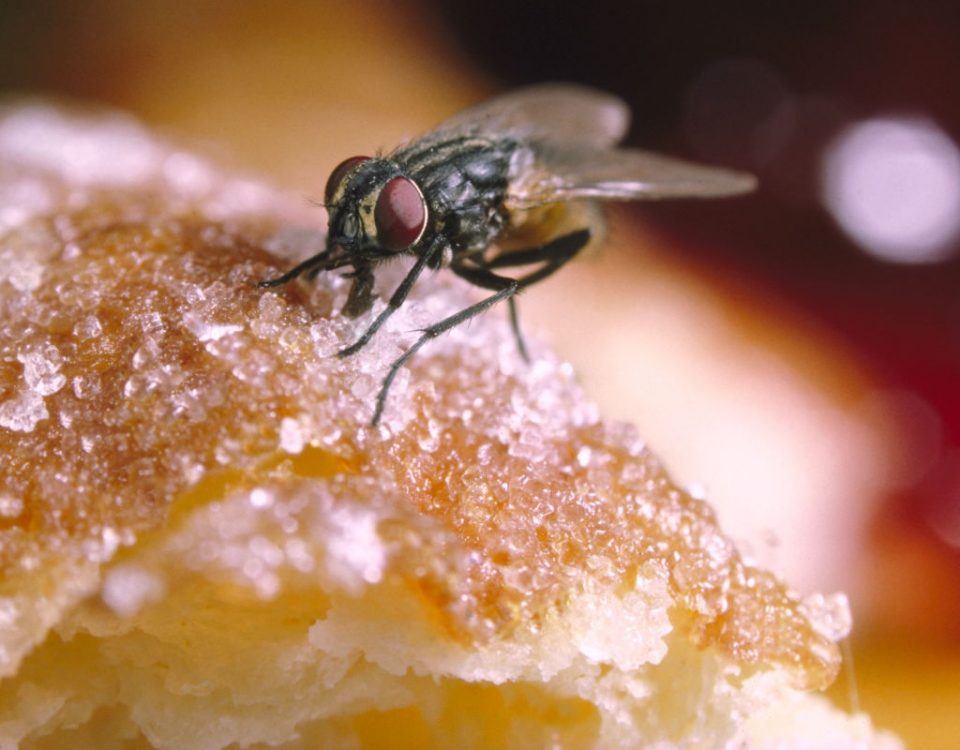Ants use their antennae to send and receive messages. Scientists believed ant antennae were like human ears — designed to receive communication signals. Researchers from University Of Melbourne found ants also use their antennae to send signals.
Biologists made the discovery while studying changes in surface chemistry during ant interactions. The bodies of ants — like bees, beetles, flies and wasps — are coated in cuticular hydrocarbons, CHCs, wax-like chemical compounds that protect insects from dehydration and aid in communication.
When the Melbourne scientists stripped the CHCs from an ant’s antennae the insect became unrecognizable to the rest of the colony.
The phenomenon suggests antennae help ants deliver key information about who they are and where they’re from to their peers.
“An ant’s antennae are their chief sensory organs, but until now we never knew that they could also be used to send out information,” researcher Qike Wang, a PhD student at Melbourne, said in a news release. “Like everyone else, we assumed that antennae were just receptors, but nature can still surprise us.”
Wang and his research partners also found different parts of the ants’ bodies featured different mixtures of CHCs. Their findings — detailed in the journal Proceedings of the Royal Society of London B — suggest different parts of the body can deliver different pieces of information.
“Compared to visual or acoustic signals, we know rather less about chemical signals, and one reason might be that we are analyzing a mixture of different signals,” Wang said. “What we’d like to know is what more they might tell us.”
Source : UPI, Science News
Writer : Brooks Hays


